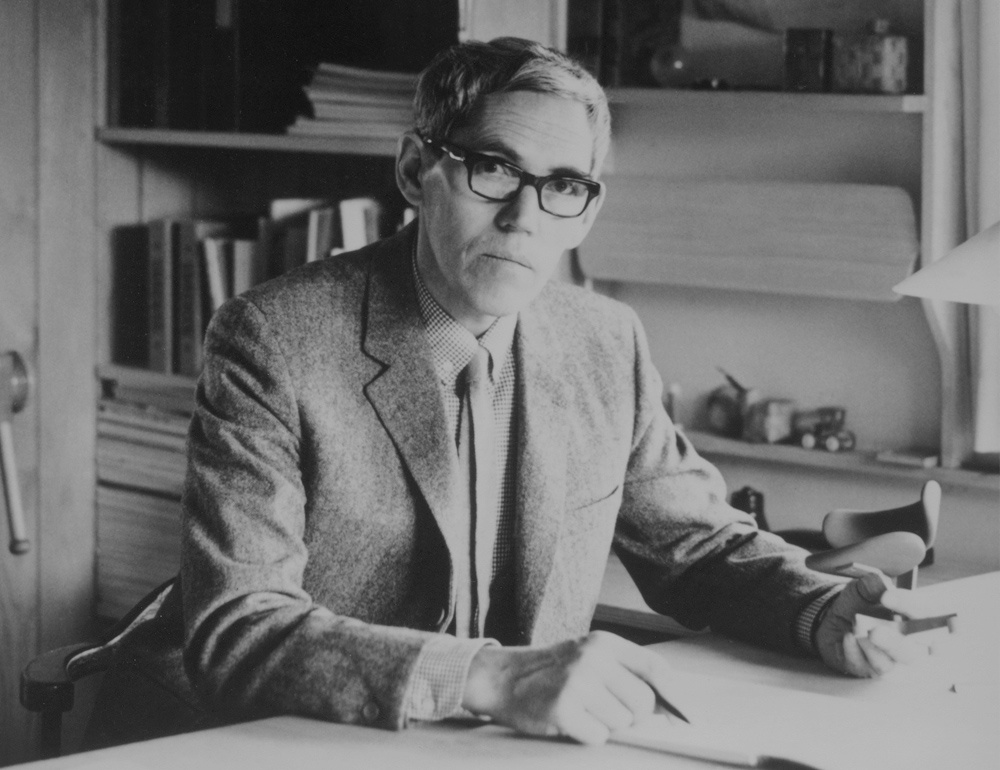

Beautiful, simple, comfortable – and loved. When a Swedish interior magazine asked its readers to vote for “one piece of furniture of the 20th century” they chose the easy chair Lamino, designed by Swedese’s founder Yngve Ekström. “To have designed one good chair might not be a bad life’s work” he had said, many years earlier. But his inheritance is far greater than just Lamino. Yngve Ekström had his personal style, which ensures that so much of his furniture retains its current interest and is kept in production.
Ekström was born in 1913 in Småland, where the country’s oldest furniture factory was situated. His father died young and Ekström started working in the factory at the age of 13. His talent for carpentry and his all-round experience gave him a unique feeling for materials and construction.
With colleagues like Aalto, Mathsson, Jacobsen and Kjaerholm, Yngve Ekström was part of the post-war modern movement that made the concept “Scandinavian Modern” world-famous. His furniture is represented in many permanent collections, including the Victoria and Albert Museum, London.